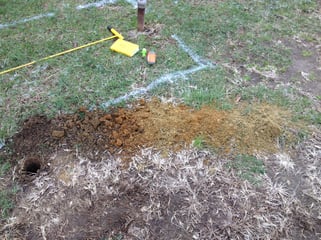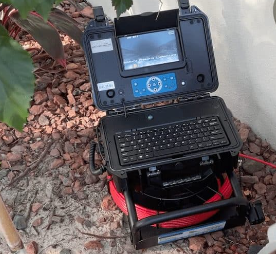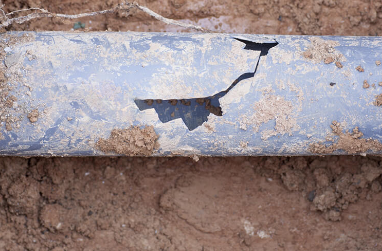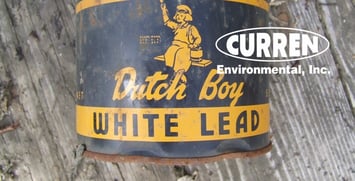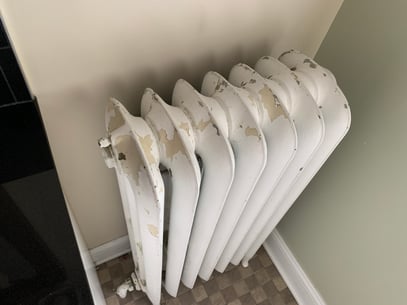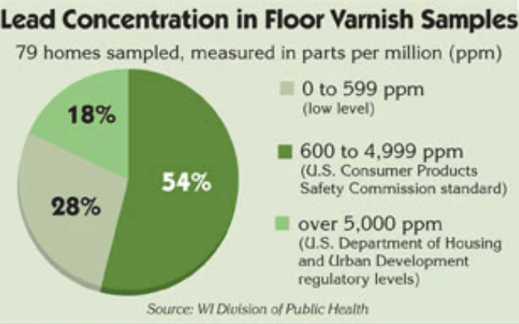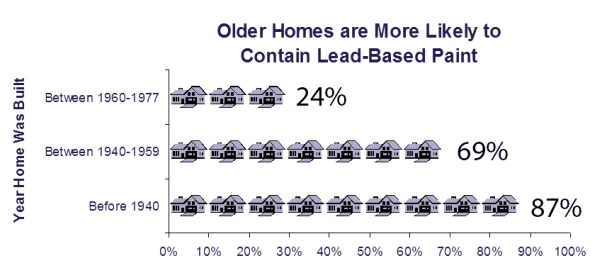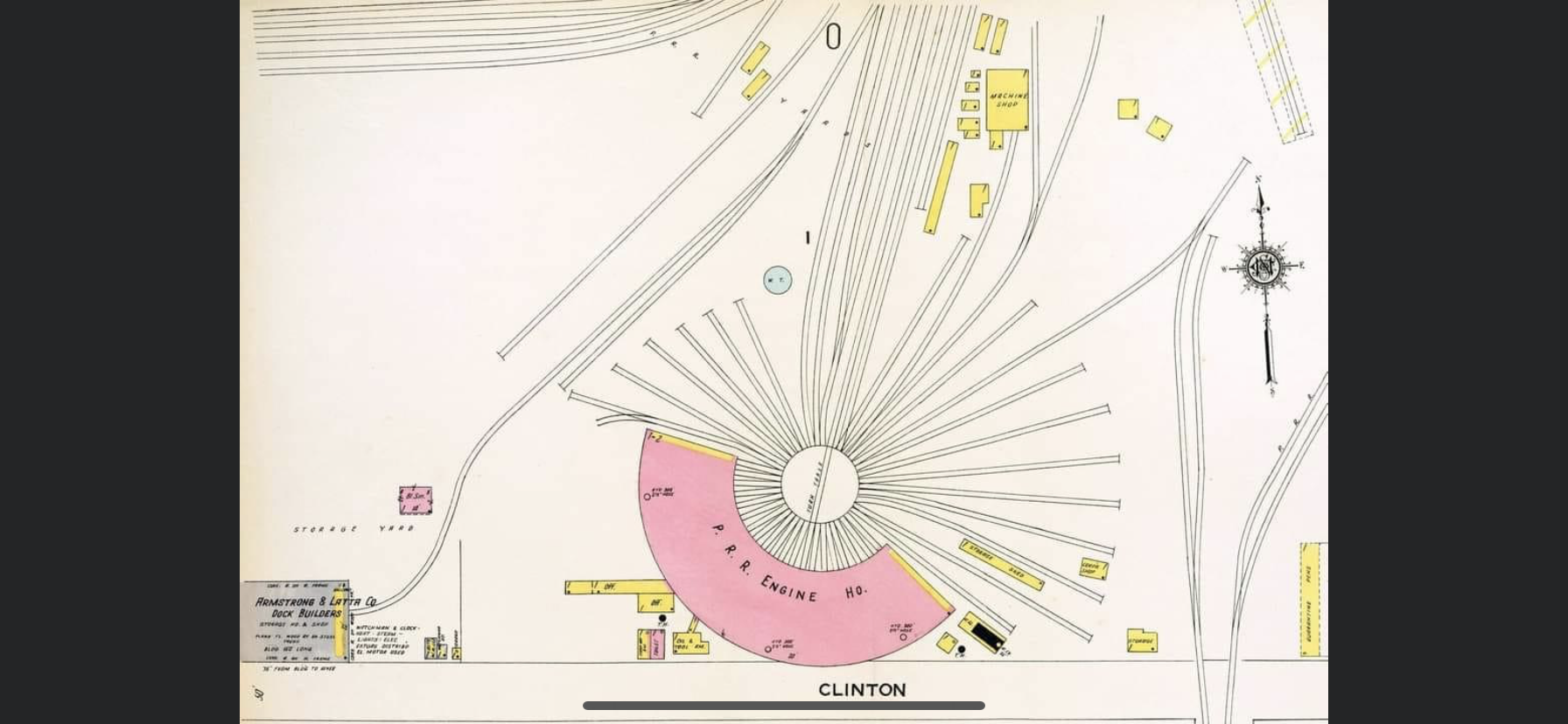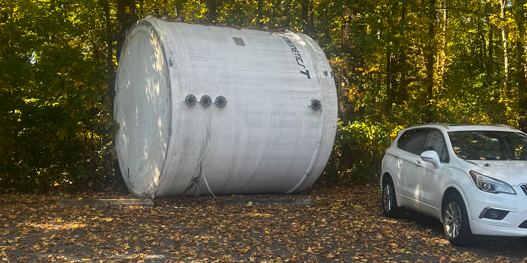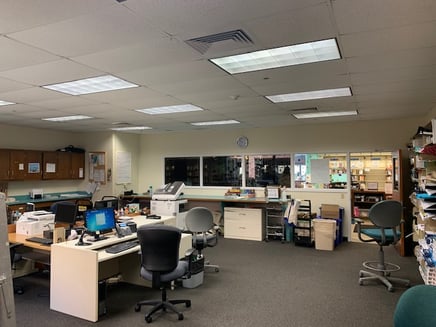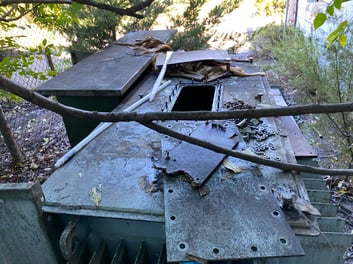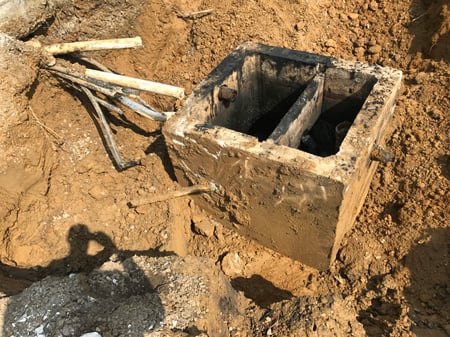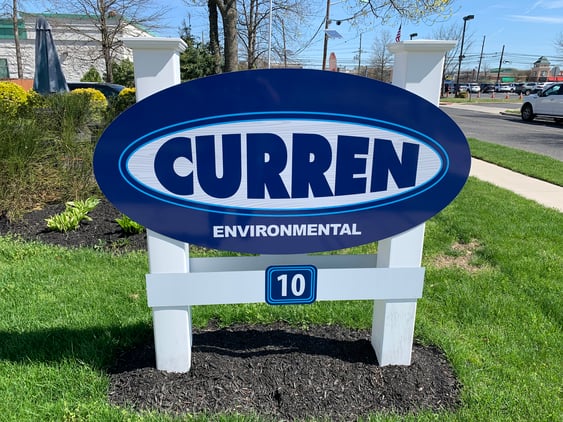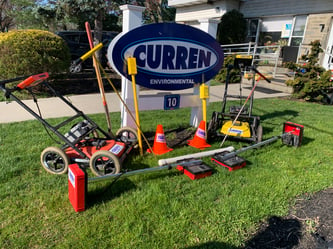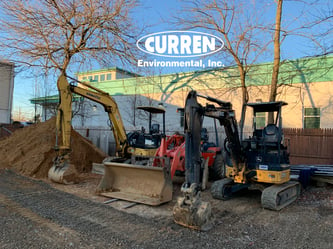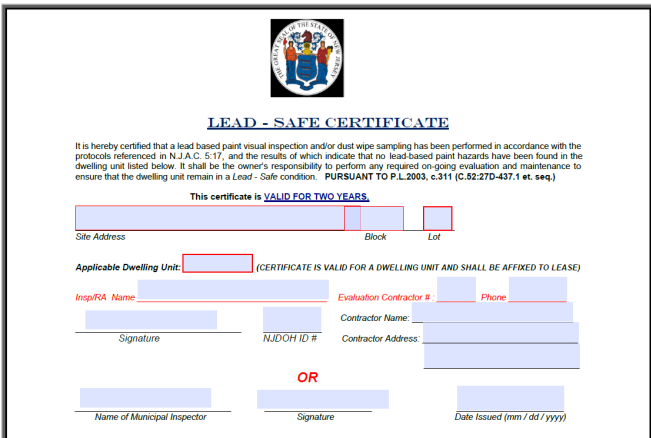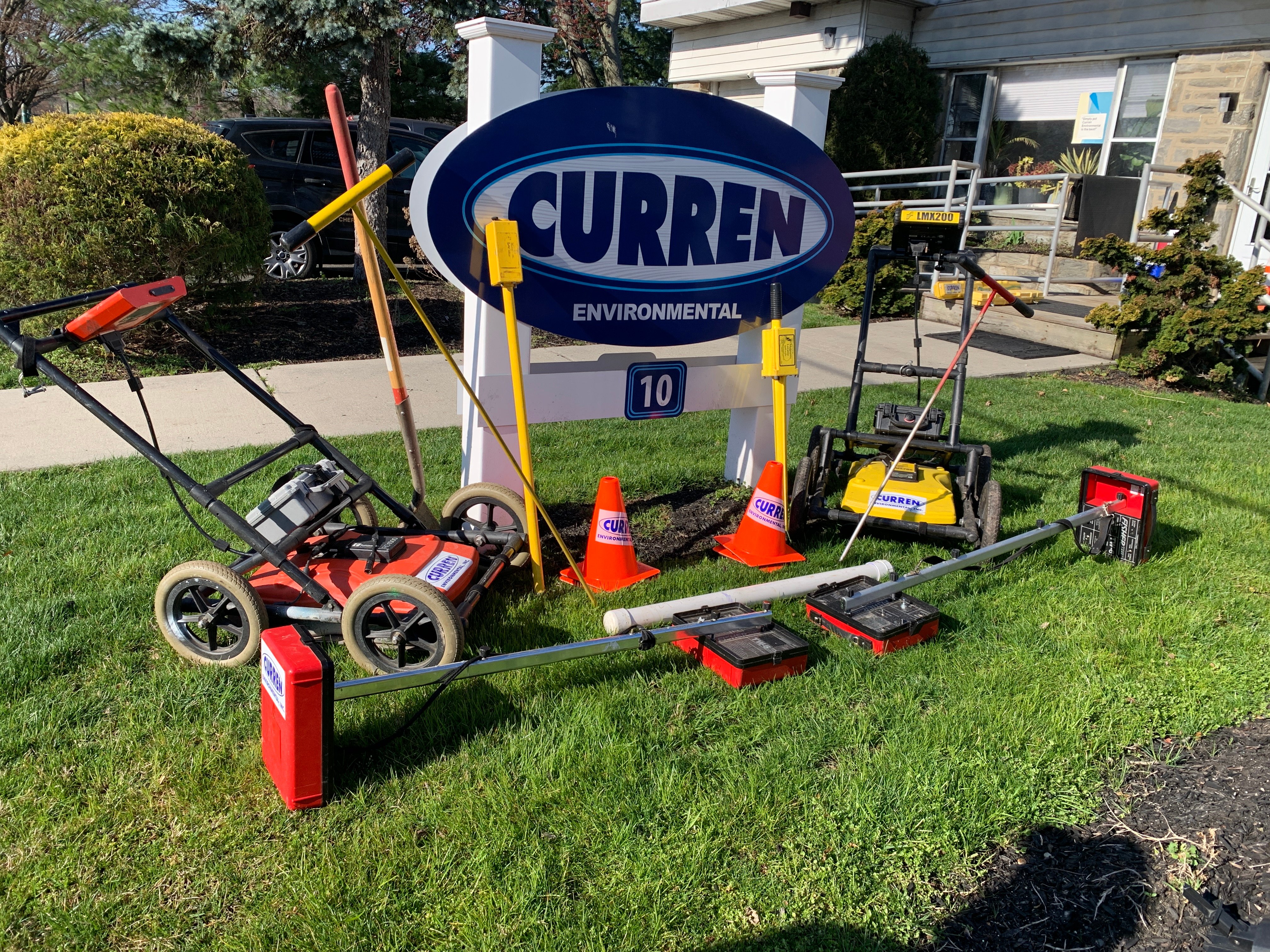What is a Lead Free cert?
aka how do I get a lead free certification?
New Jersey's Lead Safe law is requiring landlords to have lead inspections, basically forever. When lead is added to paint, stain or varnish, it increases durability, speeds drying time and resists moisture, who wouldn't want it. Lead was also heavily advertised in paint, think of lead paint as todays Ozempic, people want to try it.
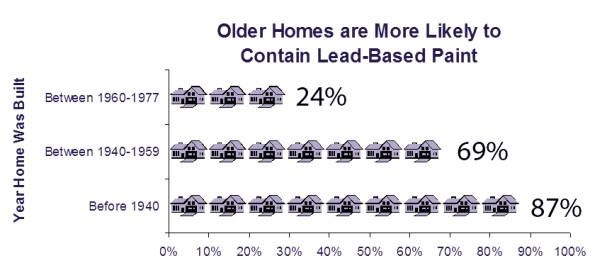
Although lead was a very popular additive to paint, maybe your house was built closer to the 1978 ban on lead paint (1971 in NJ) or you did extensive interior renovations. If so, it would worth it to have a lead paint inspection, which entails surface testing of all surfaces inside a building to test for the presence of lead paint. (stains and varnishes as well).
A Lead Free Certification is valid for a lifetime.
A property is considered "Lead Free" when the property has been certified by a licensed lead paint inspector as “Lead Free”. This requires a Lead Paint Inspection using an XRF Analyzer to test all surfaces for the presence of lead..
At Curren we can discuss your options regarding obtaining a lead free cert and the likelihood of obtaining lead free designation for your property. We are also fair, if you fail to get lead free or inspectors can pivot and provide lead safe.
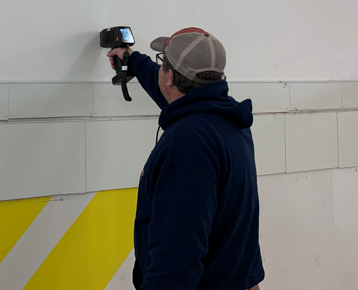

Call the Lead Free Experts
856-858-9509
The technical side of a New Jersey Lead Free Certification would go as follow:
Lead free would be issued under N.J.A.C. 5:17.
There is a cert (paper form) from a certified NJ lead evaluation company, like Curren Environmental
The inspection required for Lead Free would follow HUD and 5:17 protocols;
The protocols require onsite testing with an XRF gun. Common XRF units have a radioactive isotope, Curren's units which are saver do not utilize radioactive material.
5:17-3.6 Reports and certificates…
(b) If, upon performance of an inspection of all painted surfaces in accordance with this chapter, a unit or building is determined to be lead-free, the certified lead evaluation firm shall issue certification on a form prescribed by the Department to the owner and, upon request, to any enforcing agency having jurisdiction to enforce lead safety standards at the premises. The certified lead evaluation firm shall report issuance of all such certifications to the Department in such form and manner as may be prescribed by the Department. 1. The certificate or report shall be signed and dated and shall identify the building, common area(s) or dwelling unit(s) to which it applies. 2. In order to be certified as lead free, the paint shall be tested for lead content through XRF testing, paint chip analysis or another method of testing the lead content of paint permitted pursuant to this chapter. All such testing shall be performed in accordance with the requirements of this chapter and the protocols established in the HUD Guidelines.
(c) If, upon performance of an inspection and risk assessment in accordance with this chapter, a unit or building is determined to be free of lead-based paint hazards, the certified lead evaluation firm shall issue a certification on a form prescribed by the Department to the owner, and, upon request, to any enforcing agency having jurisdiction to enforce lead safety standards at the premises. The certified lead evaluation firm shall report issuance of all such certifications to the Department in such form and manner as may be prescribed by the Department. 1. The certificate or report shall be signed and dated, shall identify the building, common area(s) and dwelling unit(s) to which it applies. The certificate or report also shall include a statement cautioning the owner regarding the need to perform on-going evaluation and maintenance to ensure that the painted surfaces remain in a hazard free condition.
Call the Experts
856-858-9509
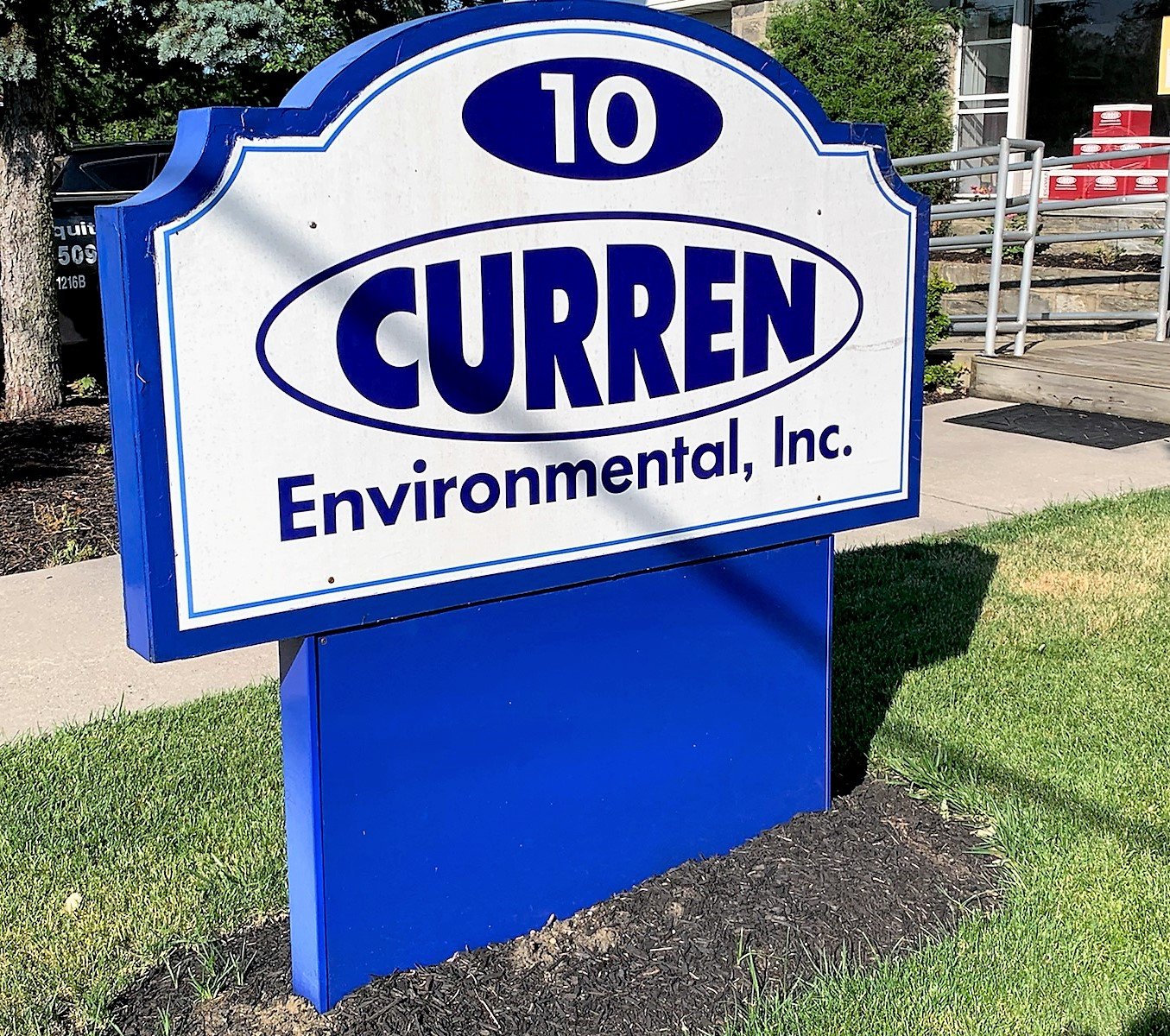


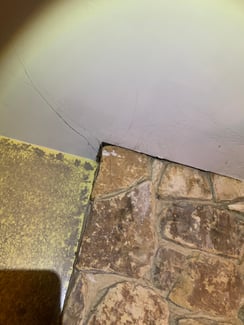 Once the inspection is complete, you should receive a report detailing what was done during the mold inspection and the interpretation of the lab data. Curren finds many inspectors leave out the interpretation of the lab data, which is pertinent information for the homeowner.
Once the inspection is complete, you should receive a report detailing what was done during the mold inspection and the interpretation of the lab data. Curren finds many inspectors leave out the interpretation of the lab data, which is pertinent information for the homeowner.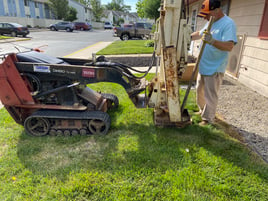
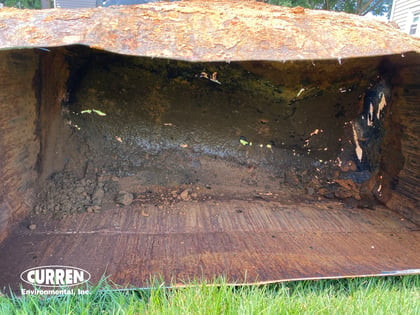 In this situation, the owner (or prior owner) stopped using the oil tank and maybe went to an above-ground storage tank (AST) or converted to natural gas. If they replaced the oil tank with an AST it is likely because the underground oil tank (UST) had problems, either leaking or taking on water in the oil tank. No one wants to spend money for the sake of spending money. Why would you want to waste money to test the oil tank, because if it's leaking it would need to be removed anyway? The professional recommendation is to remove and test under the tank. The property owner should have removed the oil tank when they stopped using the oil tank rather than shifting the buyer to the cost of removing the oil tank and testing for soil contamination.
In this situation, the owner (or prior owner) stopped using the oil tank and maybe went to an above-ground storage tank (AST) or converted to natural gas. If they replaced the oil tank with an AST it is likely because the underground oil tank (UST) had problems, either leaking or taking on water in the oil tank. No one wants to spend money for the sake of spending money. Why would you want to waste money to test the oil tank, because if it's leaking it would need to be removed anyway? The professional recommendation is to remove and test under the tank. The property owner should have removed the oil tank when they stopped using the oil tank rather than shifting the buyer to the cost of removing the oil tank and testing for soil contamination.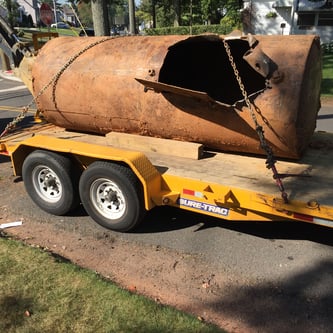 The house in this situation is circa 1900, I would estimate the home was heated by wood or coal with an oil conversion after WWII, say the tank was installed in 1950, making the oil tank 74 years old. This means the oil tank should be retired and collecting social security. Clearly, the oil tank should be removed and replaced, because even if the oil tank test passes, it would be recommended to remove the oil tank. After all, the oil tank is beyond any expectation of a reusable lifespan. The oil tank is likely leaking, because what do you have that is 74 years old and is functionally brand new - I'd love to hear about it!
The house in this situation is circa 1900, I would estimate the home was heated by wood or coal with an oil conversion after WWII, say the tank was installed in 1950, making the oil tank 74 years old. This means the oil tank should be retired and collecting social security. Clearly, the oil tank should be removed and replaced, because even if the oil tank test passes, it would be recommended to remove the oil tank. After all, the oil tank is beyond any expectation of a reusable lifespan. The oil tank is likely leaking, because what do you have that is 74 years old and is functionally brand new - I'd love to hear about it!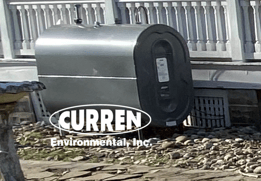 Unless you have paperwork saying the oil tank was replaced, it's the original, I can only recall two people in the past 35 years who replaced their UST with another UST and in both cases, they replaced it because the 1st oil tank leaked and it was dug it up and installed the new tank in the same excavation. Years later when we removed oil tank #2, boom oil was found in the soils.
Unless you have paperwork saying the oil tank was replaced, it's the original, I can only recall two people in the past 35 years who replaced their UST with another UST and in both cases, they replaced it because the 1st oil tank leaked and it was dug it up and installed the new tank in the same excavation. Years later when we removed oil tank #2, boom oil was found in the soils.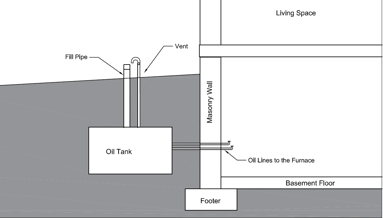 The concern regarding an oil tank is all things have a finite lifespan and require replacement. You can complete a limited subsurface investigation, a technical name for a tank test, around the current location of the number two heating oil Underground Storage Tank, (UST),
The concern regarding an oil tank is all things have a finite lifespan and require replacement. You can complete a limited subsurface investigation, a technical name for a tank test, around the current location of the number two heating oil Underground Storage Tank, (UST), 